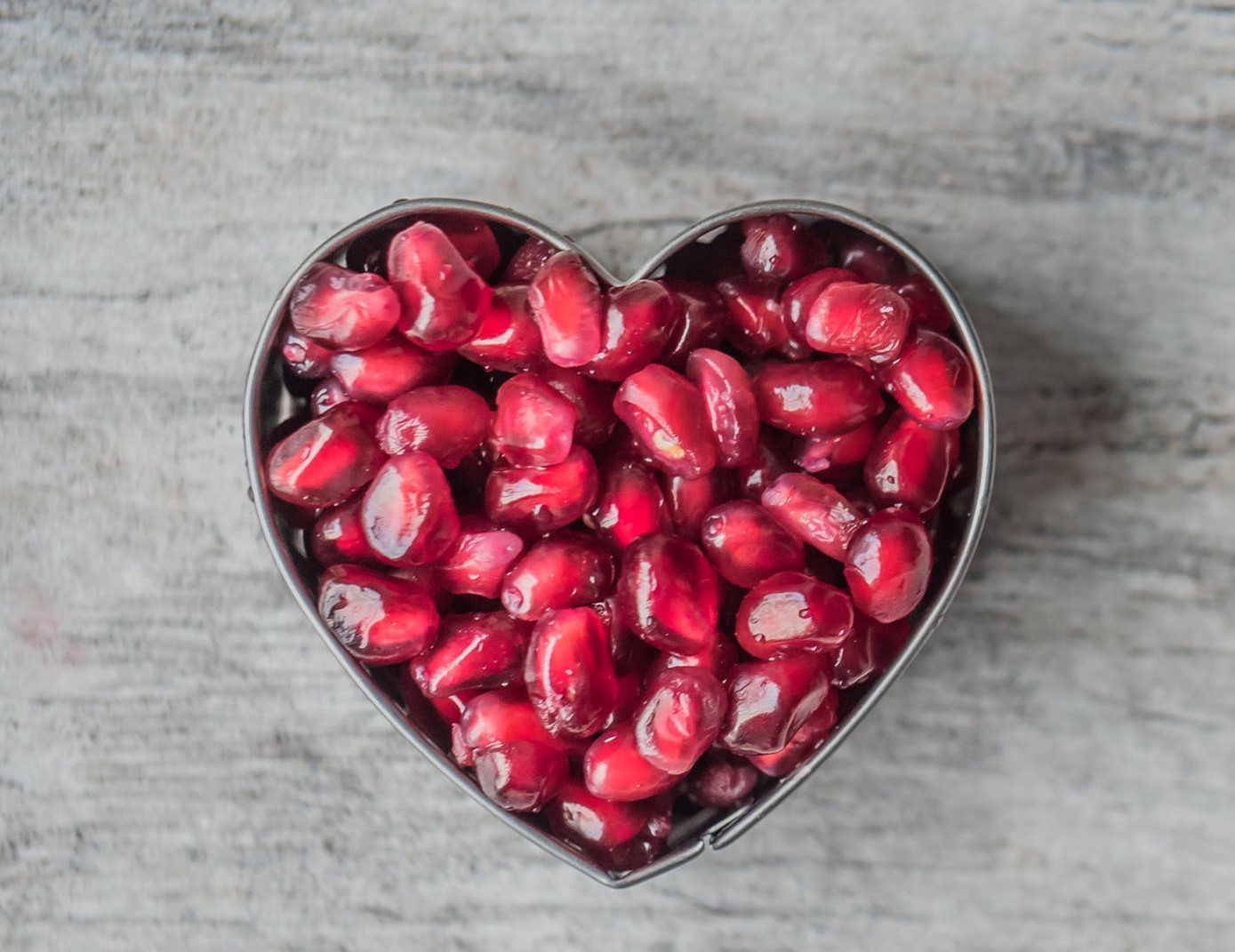
When you’re cooking at home, it’s easy to make almost all your favorite recipes more heart-healthy. Once you know how to make a few simple changes, it’s a healthy habit that will not only be good for your heart, but your waistline. Most heart-healthy recipes have fewer calories, too.
Here are a few heart-healthy tips:
- Aim to fill ½ your plate with vegetables and fruits, ¼ with whole grains, and ¼ with fish, lean meat, poultry, or beans.
- If you now eat one or two servings of vegetables a day, add a serving at lunch and another at dinner. It can be as easy as adding extra vegetables to casseroles, pasta, and stir-fry dishes.
- If you don’t eat fruit now or have juice only at breakfast, add a serving of fruit to your meals or have it as a snack.
- Eat three servings of dairy a day, but try to use low-fat, fat free, nonfat dry, evaporated fat free milk, yogurts, and reduced-fat cheeses. If you have trouble digesting milk and milk products, try taking lactase enzyme pills with the milk products. Or, buy lactose-free milk.
- Choose lean cuts of meat and remove skin from chicken and other poultry before cooking.
- Read the Nutrition Facts label on ground meats, poultry, frozen and prepared meals, pizza, and desserts to choose those lowest in saturated fat and trans fat.
- Serve fish instead of meat or poultry once or twice each week.
- Include two or more vegetarian (meatless) meals each week.
- Choose whole grain foods for most grain servings to get more nutrients, such as minerals and fiber. For example, choose whole wheat bread or whole grain cereals.
- If you are allergic to nuts, use beans or seeds (such as sunflower, flax, or sesame seeds).
- Try these snack ideas: unsalted rice cakes; nuts mixed with raisins; graham crackers; fat-free and lowfat yogurt; popcorn with no salt or butter added; raw vegetables.
- Add flavor with more spices and less salt. Herbs like oregano, basil, thyme, parsley, sage, and rosemary, and spices like cinnamon, nutmeg, pepper, and paprika add lots of flavor without added sodium or fat.
If you need new recipes, the National Heart, Lung, and Blood Institute has a wide variety available online at https://healthyeating.nhlbi.nih.gov/. They even have a Classic Macaroni and Cheese recipe.




